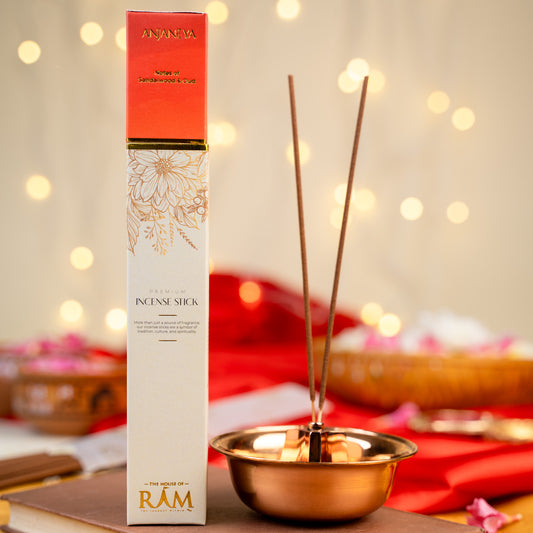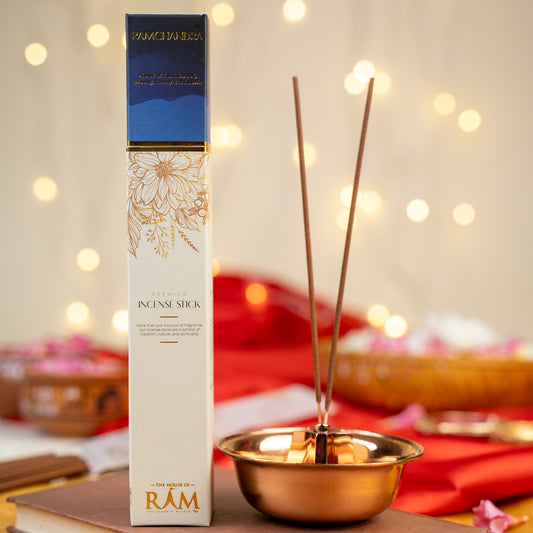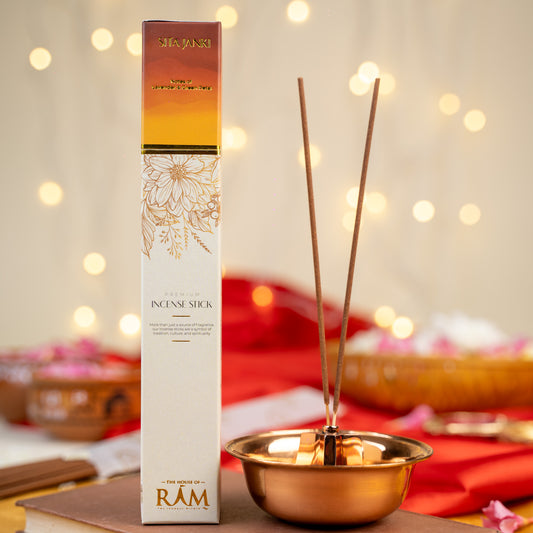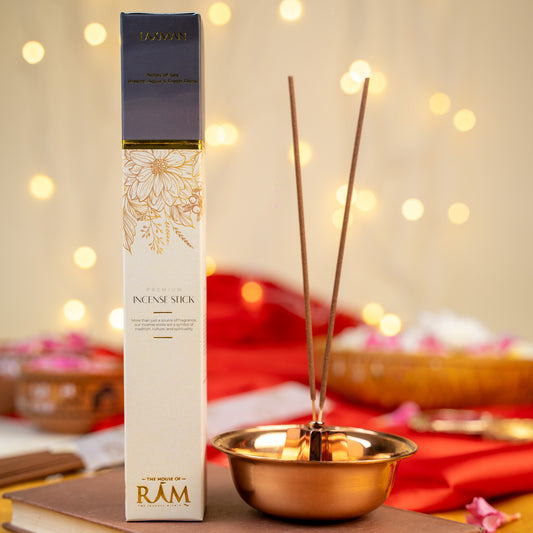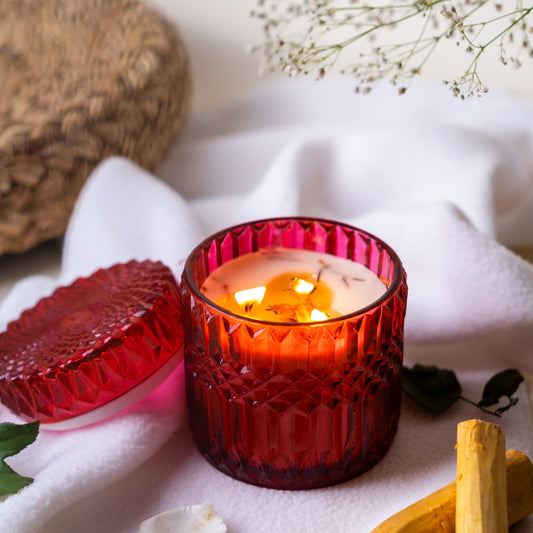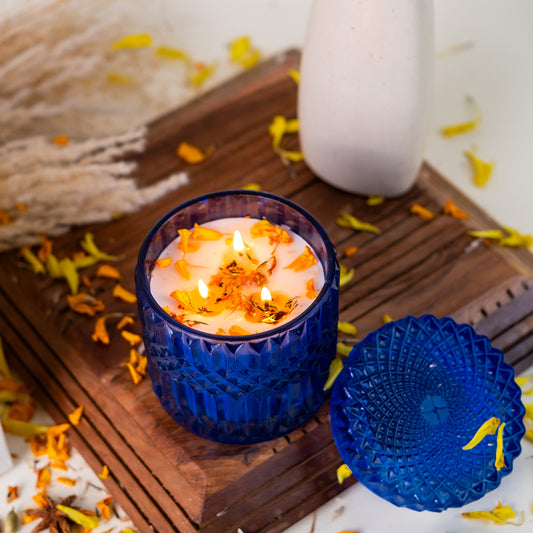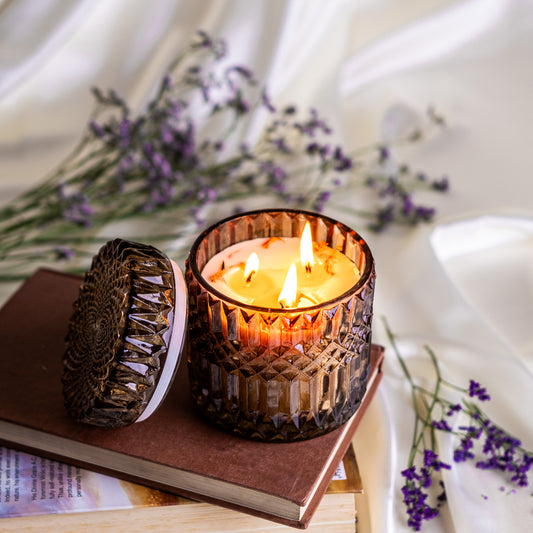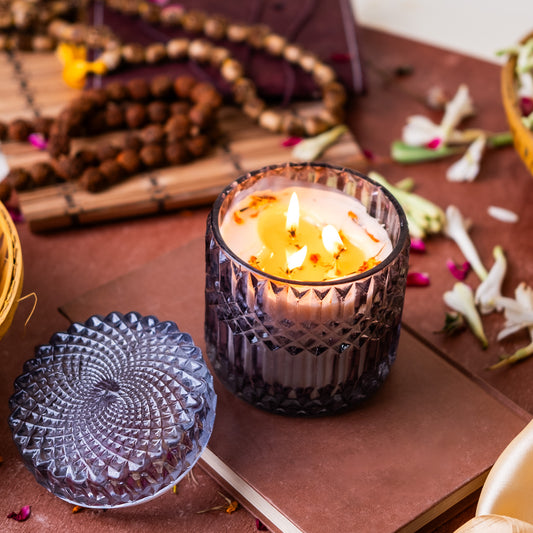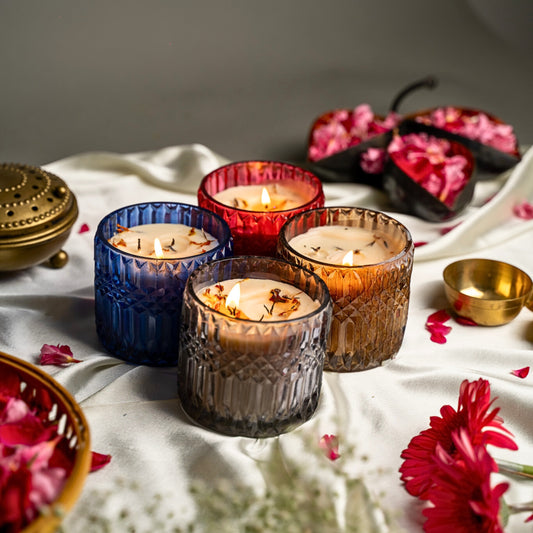Festivals in India are more than celebrations, they are moments of connection with the divine, reminders of cultural heritage, and opportunities to express gratitude. From the glow of diyas on Diwali to the sacred chants of Navratri, every ritual carries deep meaning. And at the heart of these traditions are ritual objects, humble yet powerful tools that elevate every offering, prayer, and chant into something sacred. From copper bowls and Tulsi malas to incense sticks and devotional paintings, each item brings purity, energy, and a sense of the divine to festive celebrations.
Copper Bowls: Purity in Every Offering
Copper, or Tamra, has always been considered a sacred metal in Indian traditions. During festivals, copper bowls hold jal, panchamrit, flowers, or prasad for rituals. The act of pouring water or milk from a copper vessel in abhishekam is symbolic of surrender and devotion. Ayurveda also values copper for its cleansing properties, which makes every offering purer and more potent.
Tulsi Malas: Strength in Every Bead
Festivals are incomplete without chanting and prayer. The Tulsi jaap mala, with its 108 beads, helps devotees focus their minds and deepen their connection with the divine. Tulsi itself is revered as a protector, believed to purify thoughts and bring peace. At The House of Ram, the malas are engraved with “राम” and blessed in Ayodhya, making them powerful companions for festive prayers and meditation.
Incense Sticks: Fragrance of Devotion
Every festival is tied to scent and atmosphere, and incense plays a key role in creating this aura. The rising smoke is considered a bridge between the material and the spiritual, carrying prayers to the divine. Each fragrance, whether sandalwood, lavender, or oud, evokes a unique mood: peace, passion, power, or purity. Lighting incense during puja or simply in your home during festive days transforms the space into a sanctuary of calm and devotion.
Sacred Paintings: Bringing Divinity Home
Visuals of gods and goddesses have always inspired faith and reverence. Ramayana-inspired paintings do more than decorate walls, they make every home a sacred space. A painting of Shri Ram with his divine family or Hanuman in devotion serves as a reminder of dharma, love, and courage. Especially during festivals, when homes are decorated and prayers are abundant, sacred art becomes both a centerpiece and a channel for divine presence.
Why Ritual Objects Matter in Festivals
Together, these sacred objects transform festivities into deeply spiritual experiences. They:
-
Enhance the sanctity of rituals.
-
Connect us to age-old traditions.
-
Invite blessings, positivity, and divine energy into homes.
Whether it is the purity of copper bowls, the devotion of Tulsi malas, the fragrance of incense sticks, or the presence of sacred paintings, each object carries its own role and significance.
Conclusion
Festivals are a time to celebrate, but also to pause, reflect, and invite grace into our lives. Ritual objects make this possible by adding layers of meaning and sanctity to every prayer and tradition.
At The House of Ram, every object, from hand-rolled incense sticks to Tulsi malas, copper bowls, and sacred paintings, is thoughtfully crafted and blessed in Ayodhya, carrying divine energy straight to your home. This festive season, let these sacred companions elevate your celebrations with peace, devotion, and timeless tradition.

